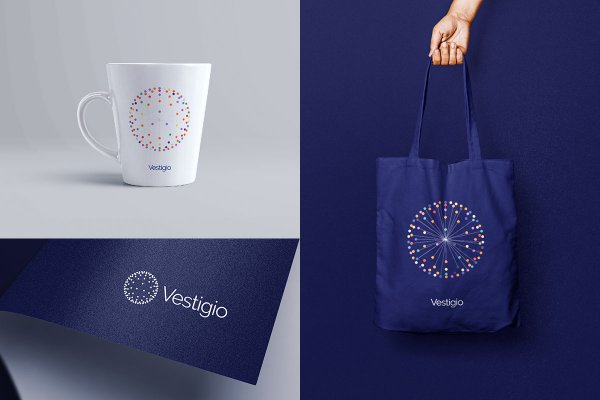World of experiences — how to build it in order to create a strong brand?
Table of content
The contemporary consumer has an almost unlimited choice, when it comes to products and services from virtually every industry. Brands, who want and even have to compete with each other for their attention, have to create around them a world of experiences, which will convince the customer to make the right buyer's choice. And it is often based on emotions.
Strong brand, what is it?
For many years, iconic brands have been proving that at the source of their long standing and international existence on the market, are big ideas and not the product or service itself. These brands that create customer experiences, are considered to be leaders and they most often appear in the shopping carts.
"Even the most mundane business transaction can be turned into a memorable experience"
(B. Joseph Pine II and James H. Gilmore)
Recipients of the brand and their world of experiences
Companies all over the world are forced to do research on consumer's insights, i.e. customer's needs. In order to see the world through the consumer's eyes, it is best to enter his environment - to get to know his preferences, expectations, behaviors, way of thinking, emotions behind reactions in specific social or cultural situations from the inside. Although each person is an autonomous individual, it is in their nature to live in herd, to form groups. And this - as you know - causes the occurrence of certain typical world views, manners, ways of expressing yourself, reactions to given circumstances.
Brands that manage to enter the big idea, positioning and all communication into the world of experiences desired by the consumer will achieve the position of a leader in their consciousness and - as long as they continue to build these experiences - will remain number one for them.
The world of experiences for the recipient of the brand will be all the points of contact with it, and above all:
- stationary and online points of sale,
- service,
- packaging,
- website,
- mobile app,
- promotional and advertising materials,
- branded gadgets,
- CSR activities undertaken by the brand,
- brand PR materials,
- distribution,
- colors, music, fragrances accompanying the brand.
If all the elements that make up the world of experiences give the consumer a consistent, attractive and unforgettable experience, he will quickly become a loyal customer and even an ambassador of a given brand.
An example of a brand that has built a perfect world of experience around itself is Coca-Cola. The elements that make up the brand, such as visual identification, communication, colors, music, gadgets, and finally activities in the field of corporate social responsibility, such as striving for sustainable development and reducing the negative impact of the brand on the environment, provide Coca-Cola with many dedicated ambassadors among its customers.
Emotions control decisions
The literature in the field of psychology defines decision making as a process in which the following aspects are important: cognitive, emotional and motivational.
The periorbital cortex (OFC) is responsible for the emotional issues involved in making decisions, which is characterized by the ability to assign emotional values to choices. This is due to the connection of OFC with the structures responsible in the human brain for sensory perception - especially smell, taste, vision, somatosensoriness and finally the striated body, which belongs to the brain's reward system.
Therefore, emotions control human decisions, including those related to making purchasing choices. It is worth taking this into account when designing the brand strategy, its image elements, and finally the products and services themselves.
Moments of truth in the world of customer experiences
In marketing, there is the concept of Moments of Truth (MOT), i.e. moments in which the consumer interacts with a given brand and which are able to create or change their impressions related to a given brand.
There are three moments of truth in the world of consumer experience and the most important in the modern world, the zero moment of truth, which was added by Google in 2011:
- Zero Moment of Truth (ZMOT) — is associated with conducting marketing research (especially online) before bringing any product or service of a given brand on the market;
- First Moment of Truth (FMOT) — the moment occurring in the first 3-7 seconds, in which the consumer first confronts the brand and "chooses" it from among the others;
- Second Moment of Truth (SMOT) — the moment when the consumer buys a product or service of a given brand and experiences its compliance (or non-compliance) with the promise made to him before making the purchase;
- Third Moment of Truth (TMOT) — the moment in which the buyer of a product or service of a given brand provides feedback, e.g. by publishing his opinion on forums, on social networks, sharing it in the company of relatives.
It is very important that the brand builds the world of experiences in a coherent way and covers the promises it makes to consumers.


